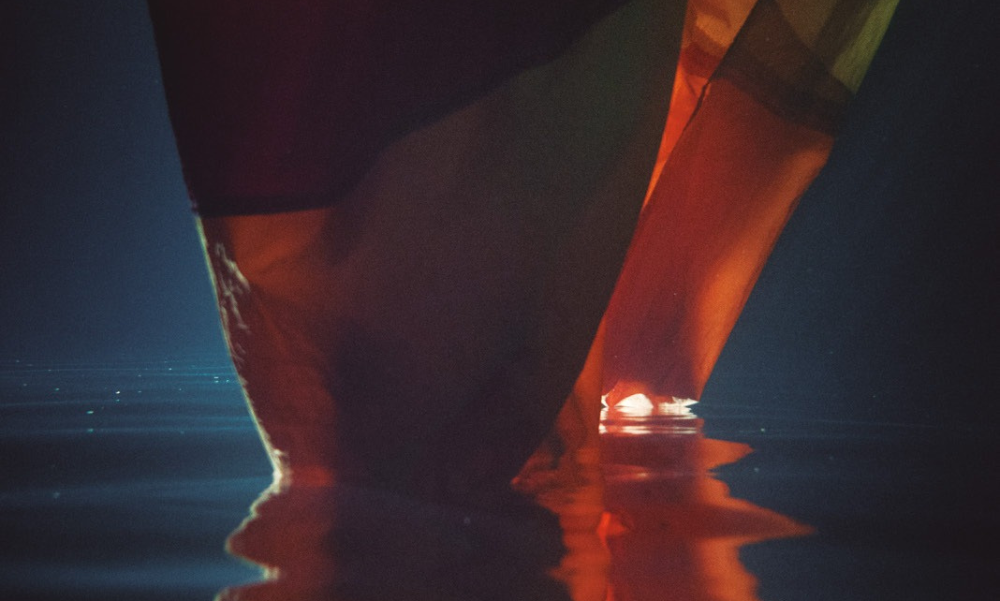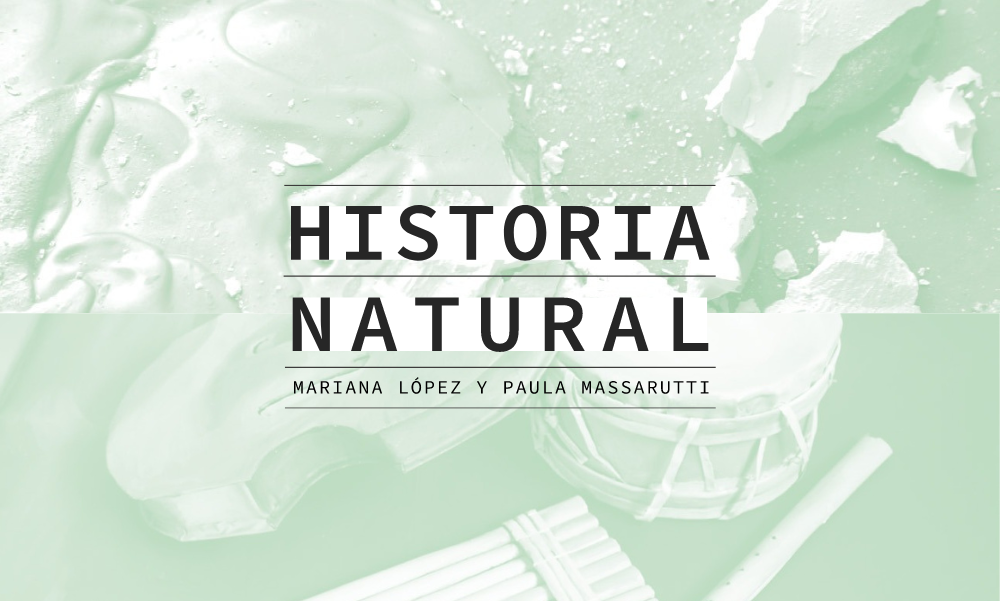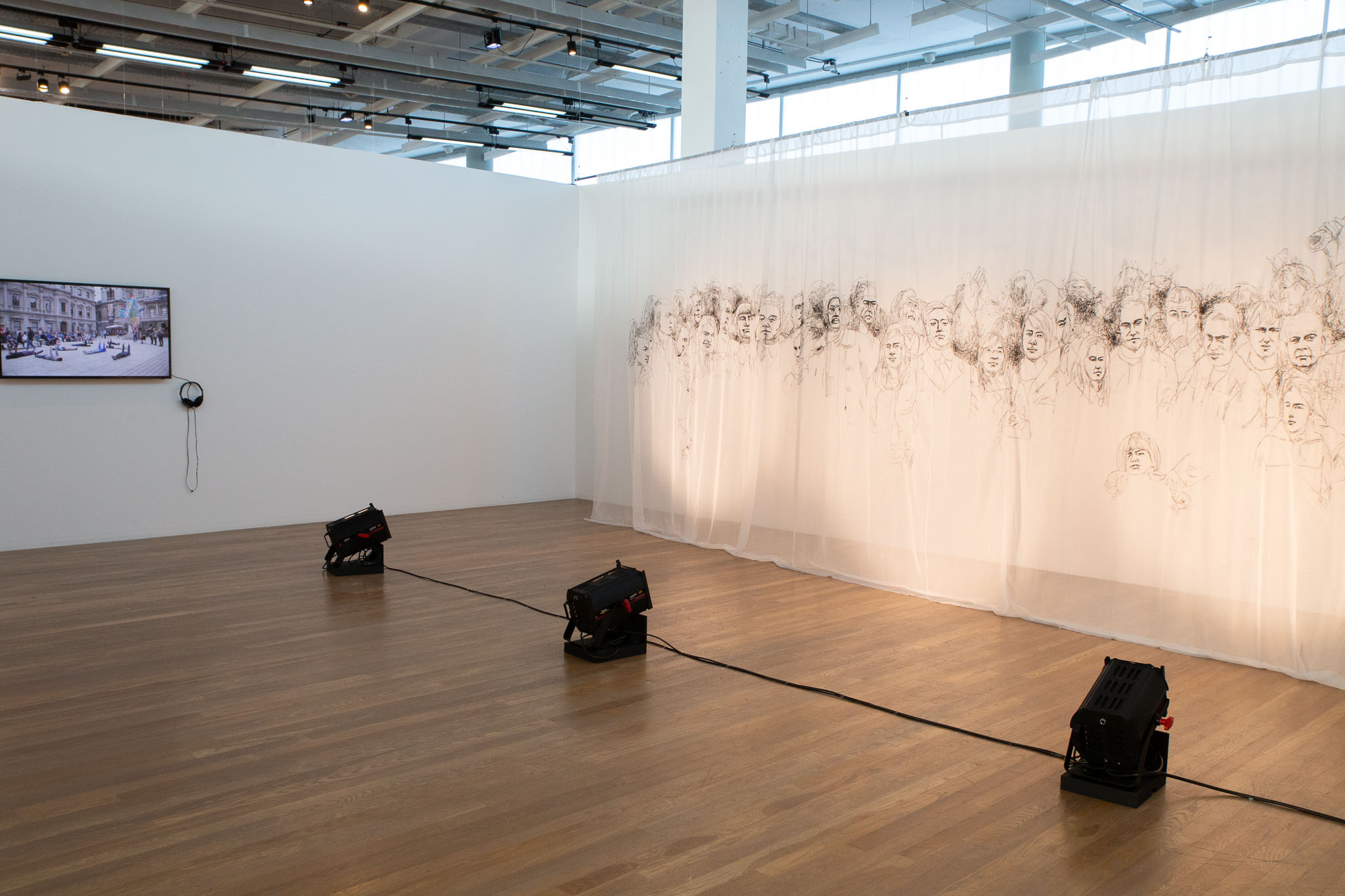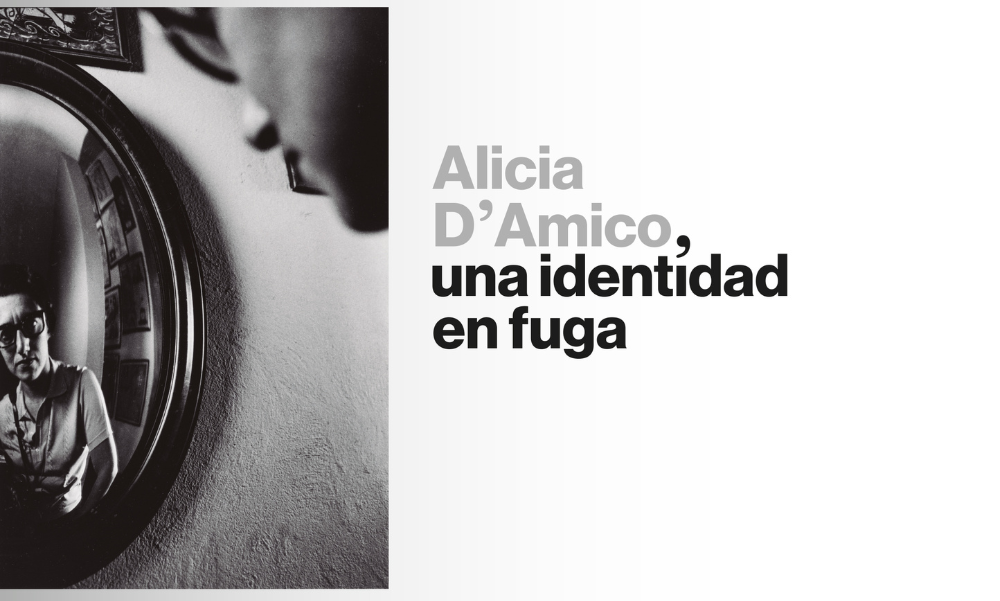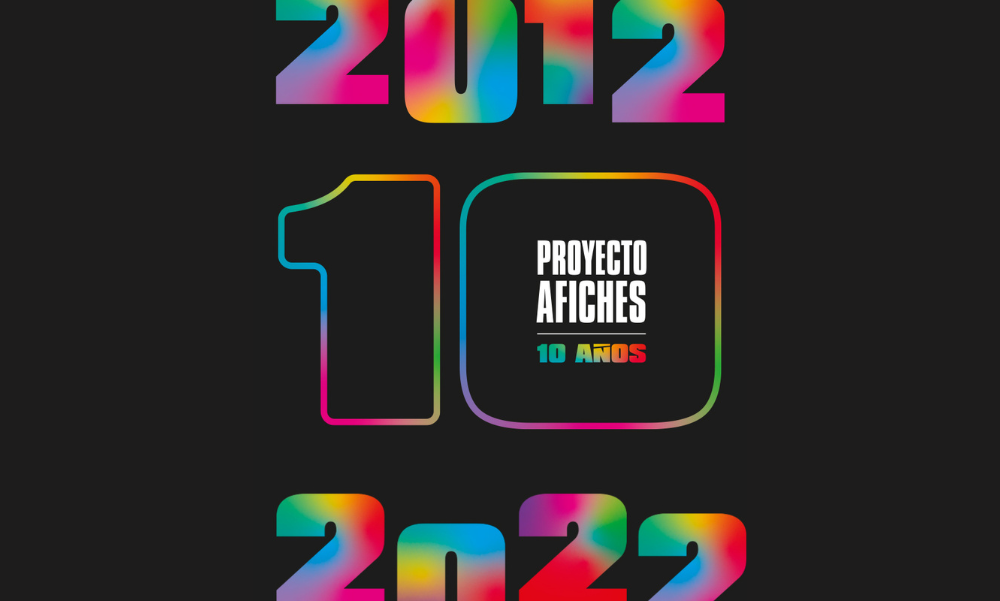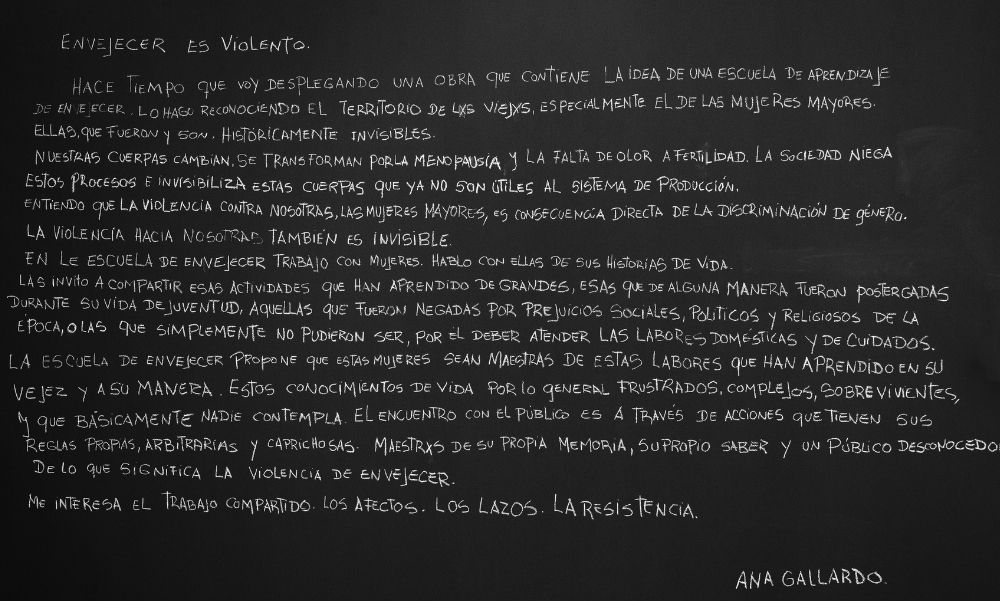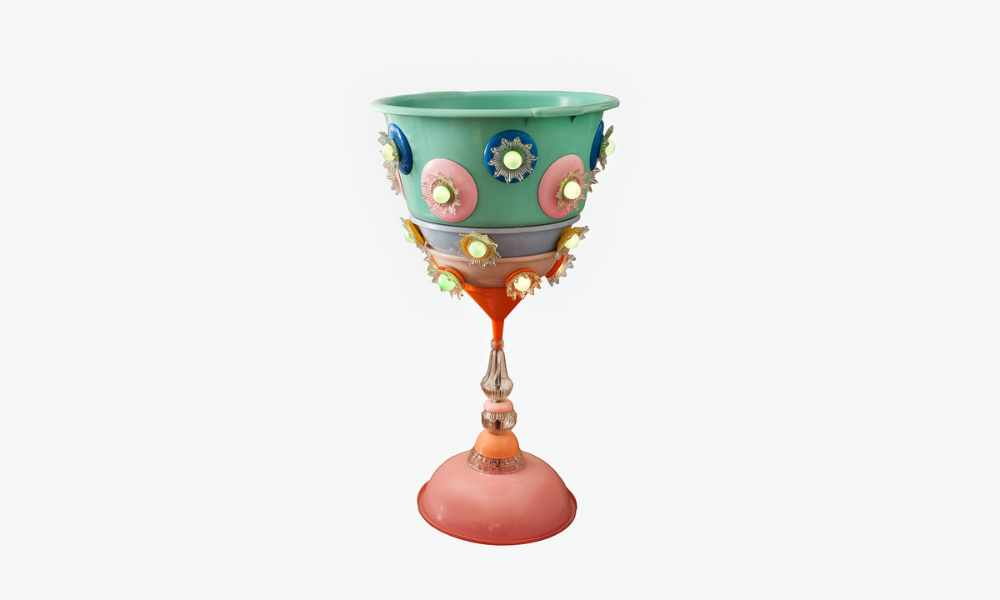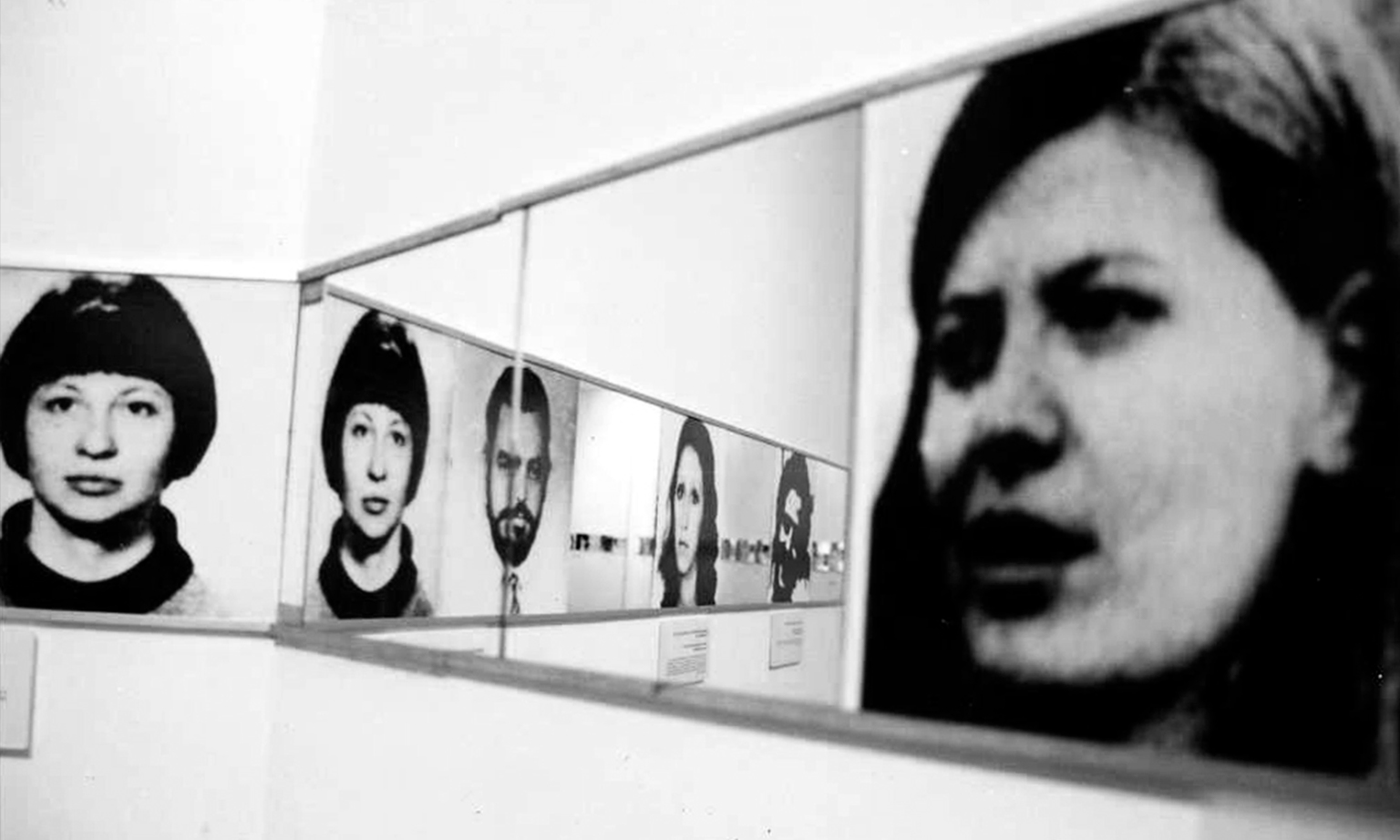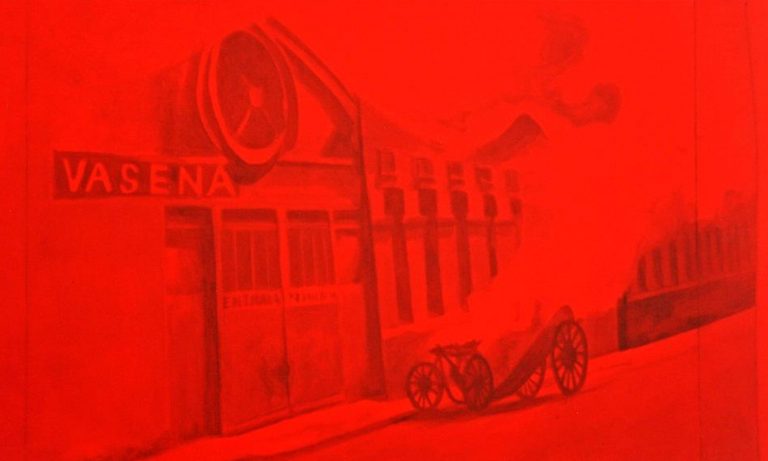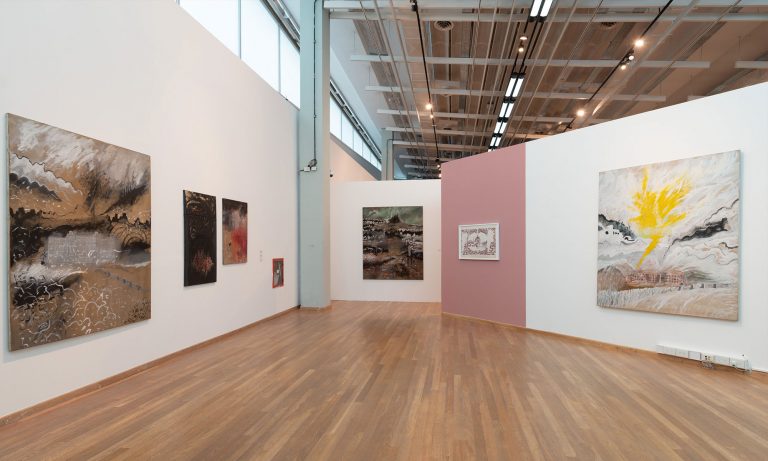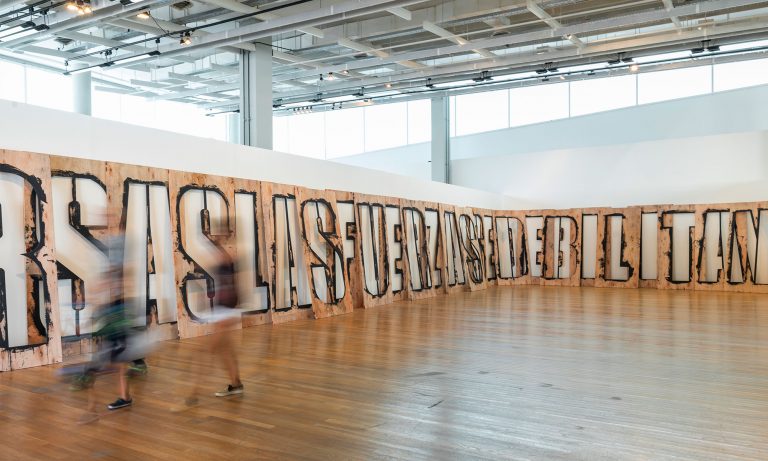



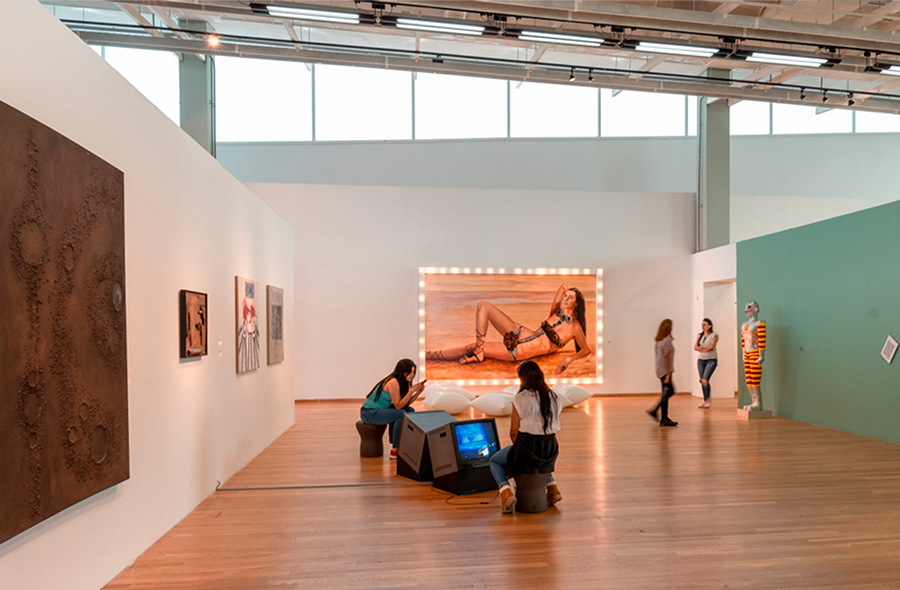
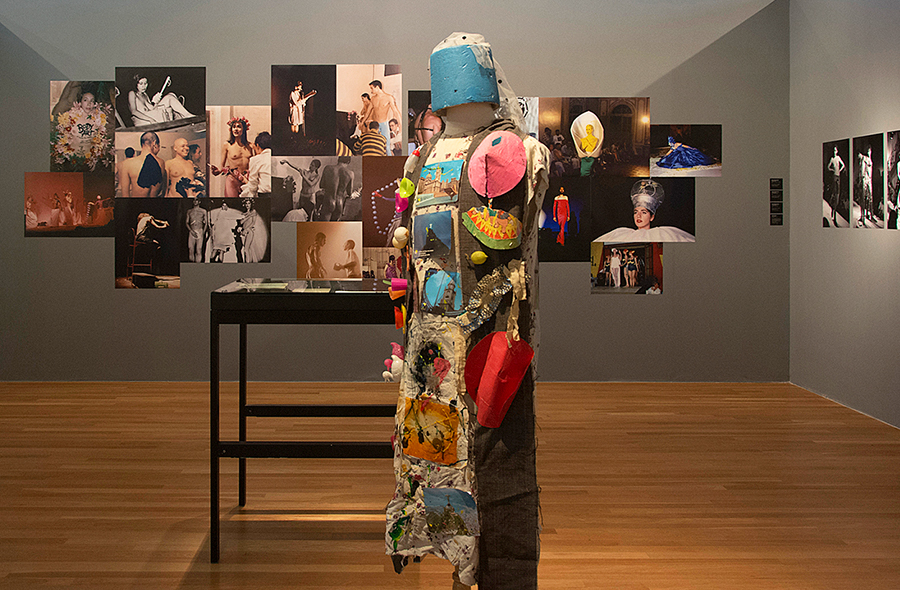
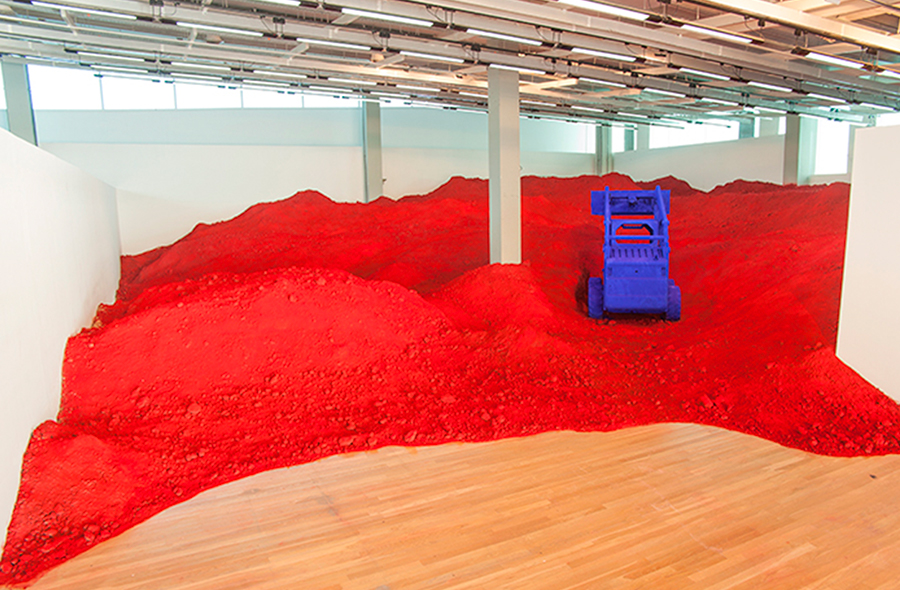
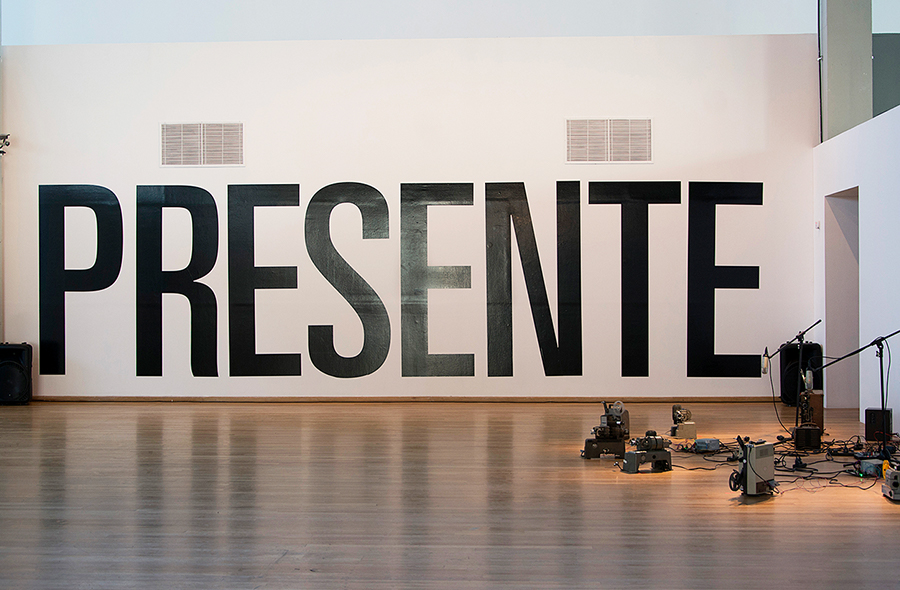
Current exhibitions - Soon
Curatorship: Florencia Battiti
50 years after the coup that overthrew Salvador Allende, the Parque de la Memoria presents The Impossible Landscape, an exhibition by Enrique Ramírez curated by Florencia Battiti that takes root in the memory of the political violence in Chile, a country that the artist left to settle in France, and that allowed him to work on exiles and distances; disagreements and reunions; Lost and forgotten.
Curatorship: Jimena Ferreiro
What place do art exhibitions have in the world of science? How do these two fields intersect? This exhibition brings together the research processes of the two artists to reflect on the link between the scientific episteme and artistic work.
Curatorship: Sofía Dourron y Javier Villa
How to build a common language between two distant countries such as Argentina and the Republic of Korea? What is the current state of democratic values and human rights in the face of threats to their sustainability? Myths of the near future commemorates the 40th Anniversary of the Gwangju Massacre, also known as May 18. On that date there was a popular uprising to resist the military siege, which was fundamental in the Republic of Korea’s advance toward democracy.
Curatorship: Florencia Battiti
Ana Tiscornia’s link with architecture and modernity is the starting point of From east to west and from north to south, an exhibition that articulates past and present, art and architecture, memory and oblivion, practice and theory, delicately basted in the poetic project of an artist who assumes and approaches loss but with a hopeful gesture.
Curatorship: María Laura Rosa y Tamara Iglesias
Disruptive, feminist, pioneer, photographer. 21 years after the death of Alicia D’Amico, An identity on the run is the first anthological exhibition of the artist that recovers her works.
Curatorship: Jordana Blejmar, Natalia Fortuny y Martín Legón.
Can a toy summon our history? What does its fabricated, publicized, collectible and entangled in games bring us? 1:43 scale. Toys, history and material culture, proposes a dialogue between the political history of Argentina and a selection of toys produced and/or marketed in the country, while pointing out the presence of these objects in contemporary art artifacts.
Curatorship: Education and Art teams.
What are the concerns that go through young people today? How do they manifest? What are their forms of expression? With the challenge of continuing to work together with students to listen to what they think and to be able to offer them a space to develop their ideas, Parque de la Memoria presents PROYECTO POSTERS | 10 YEARS, an exhibition that recovers the work carried out in this initiative throughout this time.
Curators: María Alejandra Gatti y Lorena Fernández
In 2008, Ana and her friends imagined a place to live in old age. Today in 2022, it is in the Parque de la Memoria where the School of Aging finds its space. In chalk on a blackboard or in stone on a wall, this is where the exercise of naming takes place. Here, the landscapes of other memories are inscribed in the hope of re-imagining and re- enchanting the world.
Curator: Cecilia Nisembaum
This exhibition project has its starting point in the research of Lucila Penedo y Novoa’s family archive built with the communication traces of an Argentine family divided by exile during the last civil-military dictatorship. How are emotional bonds transformed and survive at a distance, and with what resources and tools are family ties built? This archive, made up of different materialities – texts, drawings, photos, and audios, among others – proposes to explore possible answers by tracing the spatial and temporal trajectories of its materials to revitalize the constant exercise of memory.
Curatorship: Fernando Davis, Fermín Acosta, Mina Bevacqua y Nicolás Cuello.
This exhibition addresses the exchanges between contemporary artistic practices, activism, and sexual politics in the Argentine scene from the 1960s onwards, with the aim of discussing a set of experiences that, discomforting and overflowing the established divisions between art and politics, contributed to question the normalized production of bodies and sexual and gender identities. These are multiple initiatives that articulated their radical desires for transformation in a bid to displace the limits of what is possible through different sensitive artifacts, collective strategies, and collaborative ways of doing, which created conditions for the invention of new subjectivities, affections and alternative lifestyles.
Curatorship: Institutional Parque de la Memoria
Twenty-two years after the exhibition, Parque de la Memoria decided to reissue Identity with updated information available from Abuelas de Plaza de Mayo about the grandchildren that were appropriated.
Curator: Florencia Battiti
Over more than twenty years the artist toured Latinamerica asking different people or groups of people to write a dream or wish on a small blackboard and let themselves be photographed.
Curator: María Alejandra Gatti
The exhibition collects a group of works that intertwine, as an anachronistic exercise, the events during the “tragic weeks” that took place in Barcelona (1909) and Buenos Aires (1919).
Curator: Florencia Battiti
This exhibition takes the figure of the witch as the axis to shed light on those knowledge and ideologies that were censored by history, inviting us to think about how these themes survive today.
Curators: María Alejandra Gatti / Cecilia Nisembaum
The exhibition put together a group of works produced during the seventies and nineties related to the tie between the Judiciary and the State. From this perspective, the chosen works invite us to question the meaning that this relationship represents in the history of our country and the rest of Latin America, and the way in which, currently, this tie seems distorted by post-truth politics.
Curators: María Alejandra Gatti / Cecilia Nisembaum
50 years after one of the most significant popular revolts in our history, the exhibition problematizes this historical event through the semantic potentialities provided by archival materials and the poetic possibilities allowed by contemporary art.
